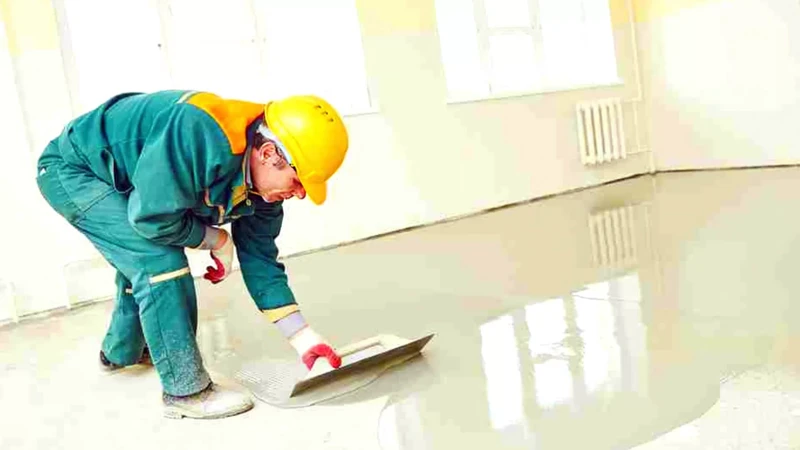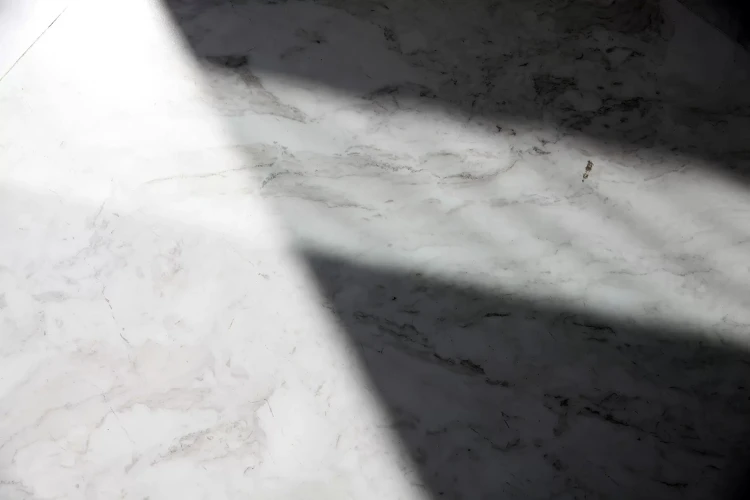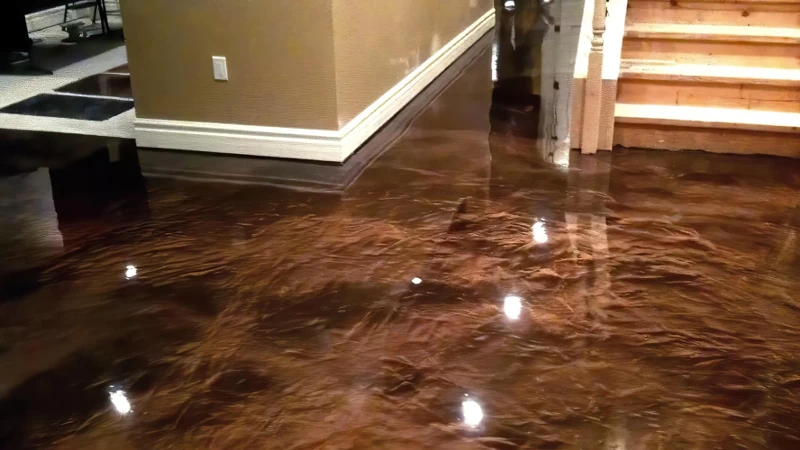Applying an epoxy coating to your floor can transform a space, not only in terms of aesthetics but also by enhancing durability and resistance to wear. However, to achieve that glossy professional finish, one must understand the nuances of working with this material.
Understanding Epoxy Paint Basics
Epoxy paint combines resin and hardener that, when mixed, creates a chemical reaction resulting in a hard, durable surface. This substance adheres well to a variety of surfaces, offering protection and a sleek look. Yet, the application process is intricate and requires precision.
Common Epoxy Paint Mistakes
Despite its many benefits, first-time users and even seasoned DIY enthusiasts can fall prey to certain common epoxy errors. Awareness of these pitfalls is the first step towards flawless application.
Incorrect Mixing Ratios of Resin and Hardener
One of the most prevalent epoxy paint mistakes is getting the mix wrong. The resin and hardener must be combined in the exact proportions recommended by the manufacturer. A deviation can result in a coating that never fully cures, remains tacky, or lacks durability.
Applying Epoxy in Unsuitable Working Conditions
Conditions in the working area are pivotal for a successful application. Epoxy requires a clean, dust-free environment, and the temperature should be within the range specified by the epoxy manufacturer. Ignoring this can lead to a subpar finish.
Insufficient Floor Preparation Before Application
To avoid epoxy blunders, one must prepare the surface meticulously. This includes cleaning, repairing cracks, and etching the floor if necessary to ensure the epoxy adheres properly. Skipping these steps can lead to peeling and chipping.
Mixing Excessive Quantities and Wasting Product
Another common epoxy paint issue is mixing more product than can be used within its working time or pot life. This not only wastes material but also money, and can add unnecessary stress to the application process.
Overlooking Environmental Factors like Temperature and Humidity
Epoxy application tips always emphasize the importance of considering temperature and humidity. These factors affect drying time and the final finish. Failing to account for them can result in preventable epoxy coating problems.
Avoiding Epoxy Blunders: Best Practices
Preventing epoxy mistakes is within reach when you adhere to best practices and approach the task with the right knowledge.
Epoxy Application Tips for Amateurs
- Read the manufacturer’s instructions thoroughly before starting.
- Ensure the working environment is clean and temperature-controlled.
- Measure and mix the components accurately.
Preventing Epoxy Mistakes with Proper Technique
Employing the correct technique is crucial. Spread the mixture evenly and refrain from overworking the product. Monitor the pot life closely to use the epoxy before it begins to harden.
Epoxy Coating Problems and Solutions
Even with precautions, sometimes you may encounter unexpected issues post-application. Knowing how to tackle these can save your project.
Resolving Epoxy Errors Post-Application
If you notice problems after the epoxy has cured, such as stickiness or uneven surfaces, it’s essential to identify the cause to correct it properly. Consult the product’s troubleshooting guide for specific advice.
DIY Epoxy Mistakes and How to Fix Them
DIY epoxy mistakes can often be fixed by sanding down the imperfections and applying another coat. However, this depends on the severity of the issue. Sometimes, stripping the epoxy and starting afresh is the only solution.
Epoxy Paint Troubleshooting
Epoxy paint troubleshooting is an invaluable skill that ensures your floors maintain their beauty and functionality over time.
Epoxy Floor Peeling and How to Repair It
Peeling can occur due to poor adhesion. To repair, remove the peeling sections, prep the surface again, and reapply the epoxy. It’s a labor-intensive process, but necessary for longevity.
Handling Epoxy Floor Blistering Issues
Blistering often results from trapped air or moisture. Address this by popping the blisters, allowing the area to dry, and then reapplying epoxy to the affected areas.
Addressing Epoxy Floor Discoloration
Discoloration may be due to UV exposure or incorrect mixing. While UV-induced changes are hard to reverse, discoloration from improper application can sometimes be fixed by applying a new topcoat.
Advanced Tips for Successful Epoxy Application
For those seeking to perfect their technique, advanced tips can elevate the quality of your work.
Expert Insights into Epoxy Coating Techniques
Experts recommend using a notched squeegee for an even spread and employing a spiked roller to eliminate air bubbles. Additionally, applying a primer can enhance adhesion and result in a smoother finish.
Conclusion: Mastery in Epoxy Paint Applications
With practice and attention to detail, you can master the application of epoxy coatings.
When it comes to painting, using epoxy can be a bit tricky, and it’s easy to make mistakes if you’re not careful. If you’re interested in avoiding common errors across different types of painting projects, be sure to read our guides. For those using oil-based paint, our article on common mistakes with oil-based paint will be invaluable. Similarly, if you’re working with paint brushes, you’ll want to avoid the pitfalls we’ve outlined in our piece about common paint brush mistakes. And for those of you who prefer rollers, our insights on common roller painting mistakes can help you achieve a smoother finish. Each of these resources offers great tips that are also applicable to working with epoxy paints, ensuring your next project is as flawless as possible.
Summarizing Key Takeaways for Epoxy Success
Remember to mix accurately, prepare surfaces thoroughly, and apply with care in a controlled environment. Keep these tips in mind, and you’ll be well on your way to avoiding common epoxy paint mistakes and achieving a professional-looking finish.


